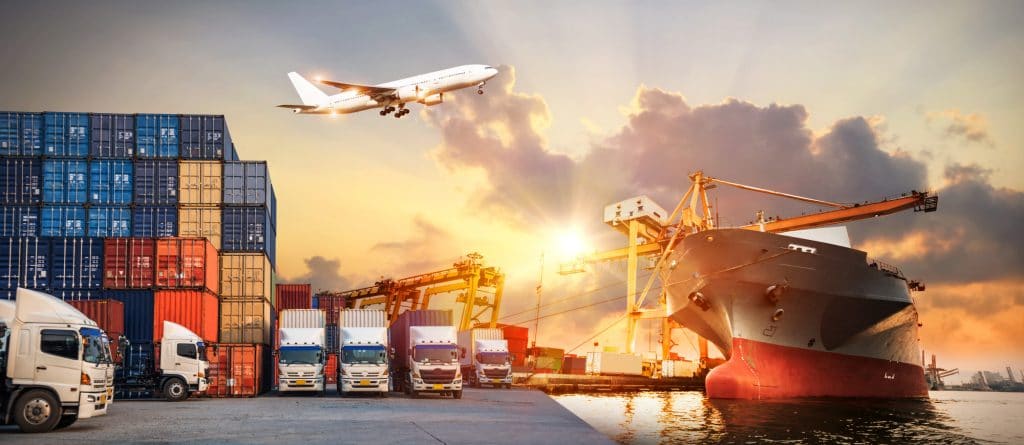
The total intermodal freight volume in the US amounted to 18.9 million shipments last year. If you need a more affordable way of shipping your freight, intermodal shipping may be the perfect solution.
Not sure what this is or how it is different from LTL or FTL freight? We have the perfect guide to help you get started.
Use this guide to understand what intermodal shipping is and how you can use it to save money on your company’s logistics.
What Is Intermodal Shipping?
This is a type of freight shipping where you use more than one kind of freight transportation method. By using more than one method, you can take advantage of the different strengths of each method. The different methods available for intermodal shipping is truck, air, train, and ocean.
For example, rail is only efficient from one terminal to another. But if you use a truck to get your shipment to and from the terminal, you can utilize rail transport for the majority of the transportation.
This sort of multi-method shipping is most often used for long-distance shipments. The rate of this is often cheaper than only using trucks. However, the shipping time tends to be longer than traditional trucking methods.
The Packaging for Your Shipment
With LTL shipping you use wood pallets underneath the shipment for easy movement during transport. With intermodal transportation, a container is used. Cranes will pick up and move the containers around as necessary.
You want to limit the amount of movement inside the container. To do this, you’ll place your shipment on pallets, and then place the palletized loads into the container. The pallets must be secured inside the container.
Are There Weight Limits?
Ask the carrier or freight broker what the weight limit is for your load in the shipping container. If you go over that limit, you will need to use two. Be sure to alert whoever you book your shipment with that there will be two containers.
Limits on What You Can Ship
There are a few things that you cannot ship through intermodal methods. You can’t ship fruit, vegetables, or fish.
This makes sense since intermodal transportation takes more time than trucking. Most perishable foods would expire before they ever reached their destination.
Other items that aren’t allowed are batteries, explosives, hazardous material, tobacco products, and vehicles. You also can’t ship anything that is over-length or over-dimensional.
What Is an Ideal Intermodal Shipping Lane?
The ideal shipping lane for an intermodal shipment will be at least 700 miles. Then the origin and destination will be within 100 miles of the ramps. The takeaway here is that you need to be shipping long distances for intermodal to be worth the savings.
You can still save with a shorter shipping distance. But the shorter the shipping distance, the more critical it becomes that your origin and destination are close to the ramps.
Try Intermodal Shipping Today
If intermodal shipping sounds like something you could use, then now is the perfect time to give it a try. Talk with your freight broker about the possibility of using multiple freight transportation methods to move your freight.
Check out our featured article for more great content.
